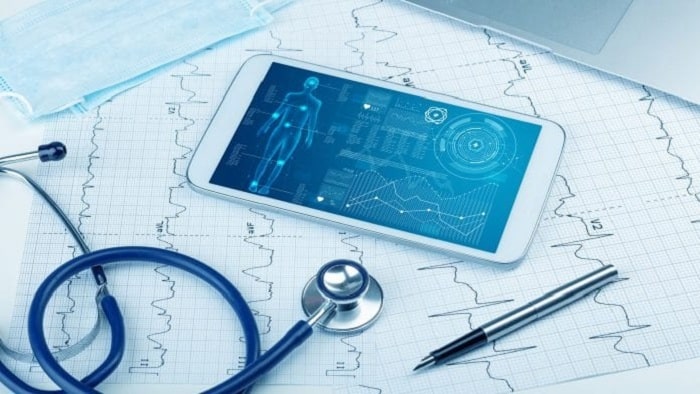
How Patient Monitoring Is Poised to Revolutionize Healthcare
The advent of technology in healthcare has brought significant changes to the way healthcare providers deliver care to their patients. One such technological advancement is patient monitoring, which is poised to revolutionize healthcare. Patient monitoring involves the use of devices to collect and transmit patient data to healthcare providers, allowing for better and more timely care.
It is the use of devices to collect and transmit patient data to healthcare providers. These devices can range from simple wearable sensors to more complex medical devices that are used in hospitals. The data collected by these devices can include vital signs such as heart rate, blood pressure, and oxygen saturation, as well as other health-related data such as glucose levels, respiratory rate, and activity levels.
How Patient Monitoring is Poised to Revolutionize Healthcare
Early Detection and Prevention of Health Issues
It allows for the early detection and prevention of health issues. By continuously monitoring a patient’s health, healthcare providers can identify changes in the patient’s condition and take action before the condition becomes critical. This can result in better health outcomes and lower healthcare costs.
Improved Patient Outcome
Patient monitoring can improve patient outcomes by providing healthcare providers with real-time data on a patient’s condition. This allows for more timely and accurate diagnosis and treatment, which can result in better patient outcomes. In addition, It can help patients to better manage chronic conditions such as diabetes and hypertension, leading to better health outcomes.
Increased Efficiency
Patient monitoring can increase the efficiency of healthcare delivery by reducing the need for hospital visits and readmissions. By providing healthcare providers with real-time data on a patient’s condition, healthcare providers can make more informed decisions about the patient’s care, reducing the need for hospital visits and readmissions.
Improved Patient Engagement
Patient monitoring can improve patient engagement by allowing patients to be more involved in their own care. By providing patients with access to their own health data, patients can take a more active role in managing their own health. This can result in better health outcomes and increased patient satisfaction.
Cost Savings
Patient monitoring can result in significant cost savings for healthcare providers and patients. By reducing the need for hospital visits and readmissions, healthcare providers can save on healthcare costs. In addition, patients can save on healthcare costs by managing their own health more effectively and avoiding hospital visits and readmissions.
Conclusion
Patient monitoring is poised to revolutionize healthcare by improving patient outcomes, increasing efficiency, and reducing healthcare costs. As technology continues to advance, patient monitoring is likely to become even more sophisticated, allowing for even better patient care. Healthcare providers should embrace patient monitoring technology to improve the quality of care they provide to their patients.
Visit DocMode for Courses and lectures

